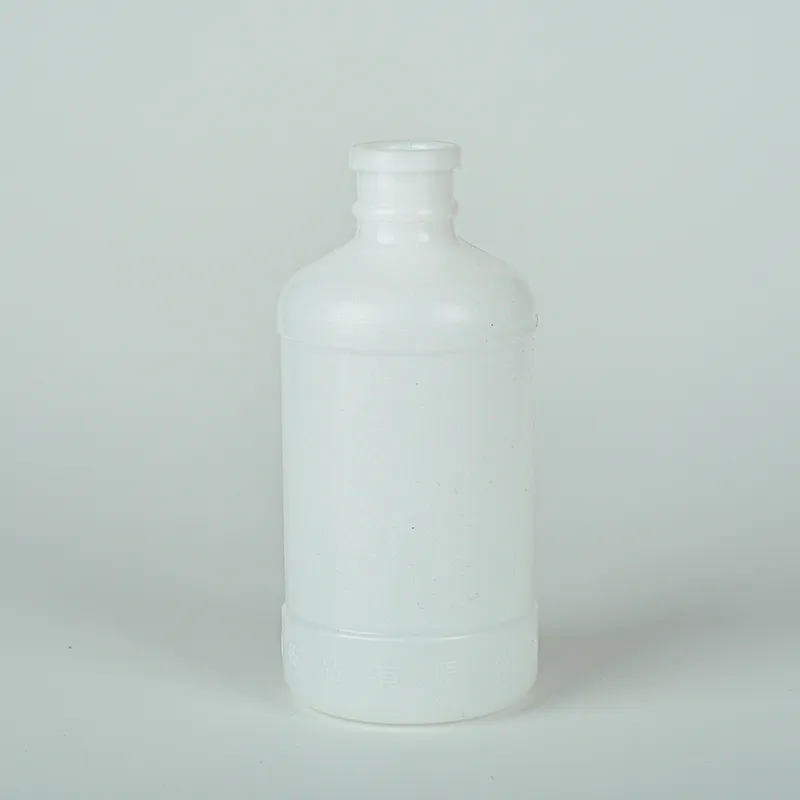serum separator tubes
Understanding Serum Separator Tubes Applications and Importance in Medical Testing
Serum separator tubes (SSTs) are a critical component in clinical laboratories, playing an essential role in the collection and transportation of blood samples for various diagnostic tests. These tubes have become indispensable in modern medicine due to their efficiency in separating serum from blood cells, ensuring accurate and reliable test results.
What Are Serum Separator Tubes?
SSTs are specially designed blood collection tubes that contain a gel-like substance, known as a separator gel, and sometimes include anticoagulants. When blood is drawn into these tubes, the separator gel forms a barrier between the serum and the cellular components of the blood. This process occurs after the blood has been allowed to clot, usually for a specified duration. Once centrifuged, the heavier blood cells settle at the bottom, while the serum, which is lighter, rises above it and is effectively isolated by the separator gel.
Applications of Serum Separator Tubes
The primary application of SSTs is in serological testing, where serum is analyzed for the presence of various substances such as hormones, antibodies, electrolytes, and proteins. This is crucial for diagnosing a wide range of conditions, including infections, autoimmune diseases, and hormonal imbalances. SSTs are also widely used in clinical chemistry, where laboratory technicians test for enzymes, metabolites, and other biochemical markers that provide valuable information about a patient's health status.
serum separator tubes

One of the significant advantages of using SSTs is their ability to minimize the risk of contamination. The gel barrier prevents the cells from interacting with the serum after centrifugation, reducing the likelihood of hemolysis—a breakdown of red blood cells that can alter test results. This ensures that clinicians receive accurate data upon which they can base medical decisions.
Benefits of Serum Separator Tubes
The benefits of using serum separator tubes extend beyond contamination prevention. SSTs offer convenience and time efficiency. In a fast-paced medical environment, being able to collect and transport samples without the need for further processing is invaluable. Laboratories can quickly conduct tests immediately upon receipt of these samples, leading to timely diagnosis and treatment.
Moreover, SSTs reduce the risk of exposure for healthcare workers. With the encapsulation of the specimen within the gel during transportation, the likelihood of the healthcare worker coming into contact with potentially infectious materials is minimized. This is particularly important in the context of infectious diseases, where safety is paramount.
Conclusion
In conclusion, serum separator tubes are a crucial innovation in blood sample collection and analysis. Their design facilitates the effective separation of serum from cellular components, ensuring that laboratories receive accurate and uncontaminated samples for testing. As the medical field continues to advance, the importance of reliable diagnostic tools, such as SSTs, will only become more pronounced. Their role in improving patient care through timely and accurate testing cannot be overstated, solidifying their position as a staple in clinical laboratories worldwide. Thanks to SSTs, healthcare providers can ensure that their patients receive the best possible care based on precise and reliable laboratory results.
-
Aesthetic Makeup Spray Bottles | Fine Mist Empty RefillableNewsAug.19,2025
-
White Plastic Veterinary Vaccine Vials | Lab Liquid BottlesNewsAug.18,2025
-
Plastic Medicine Liquid Bottle: Secure Flip Top Drug VialsNewsAug.17,2025
-
Durable 250ml Blue Plastic Vaccine Vial for Lab & Vet UseNewsAug.16,2025
-
Sterile Virus Sample Tubes: Secure & Reliable Specimen CollectionNewsAug.15,2025
-
White 250ml Plastic Vaccine Vial for Lab & Vet MedicineNewsAug.14,2025
























